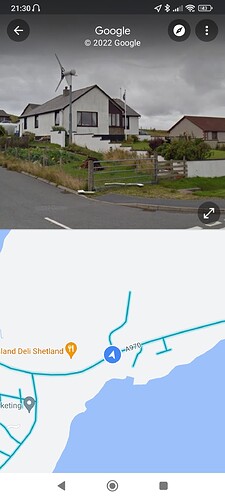I saw the following article in Popular Science, advising against rooftop wind energy.
While I’m not convinced rooftop wind can;t work in some way, this article spells out a few of the headwinds the concept faces.
The article does mention a startup called “Accelerate Wind”
Which looks like another “me-too” “turbines on the edge of a roof” concept.
Some girl with a last name of Boeing seems to be running the show, and so far it seems to be just a show, with not even a prototype, yet they have a million dollar grant from DOE.
You may note a lot of similarities to several bankrupt AWE efforts:
-
Definitely a group-selfie endeavor - nice group selfie, folks…
-
They want to place vertical-axis turbines horizontally at the edge of flat commercial roofs, but have no such turbine to place there so they stand there on the roof with a little Air-X turbine (I have one in the garage) and dream. So that is "Professor Crackpot Symptom #2 - choosing the good professor’s cross-axis turbine over a regular propeller-style turbine even though they use a propeller turbine to dream on the rooftop.
-
They are using a lot of material to create a partial funnel (curved surface)
hanging off the edge of the roof. This is apparently their “secret sauce” but so far nobody has been able to successfully use such a funnel to create a compelling product since, as a start, the funnel takes more material than the turbine itself. Concentrating funnels are a known symptom of the Professor Crackpot Syndrome #3. -
The logo has those little swirly graphics indicating swirling wind - a hallmark of a wannabe wind company going nowhere just like the wind in its logo (sorry to have to point that one out, but it is a big telltale symptom).
All in all, I think the last name of Boeing is what is powering this effort for now.







